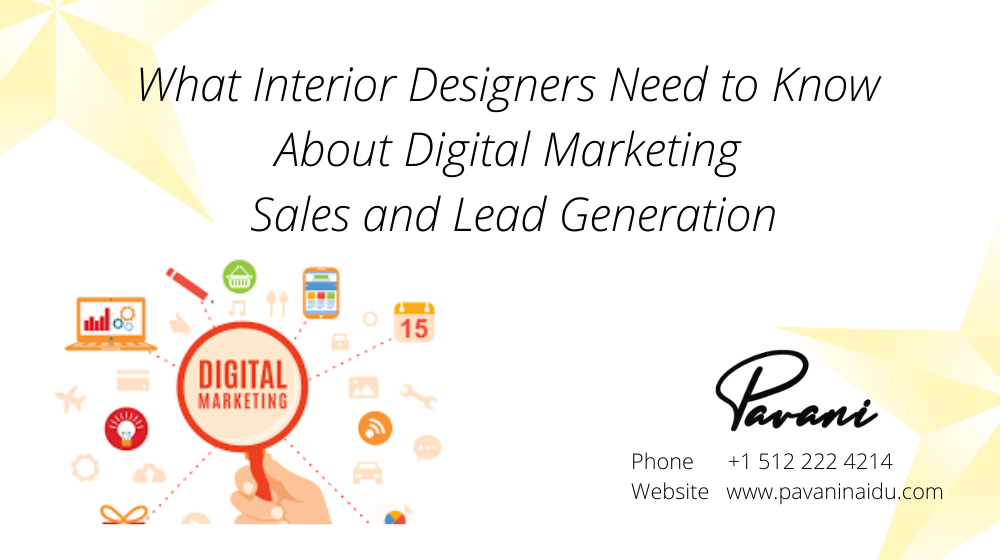Lead Generation
The sales funnel map is part of the customer’s journey. It is made up of digital products deliberately designed to motivate your website’s audience to perform specific actions at each stage of the funnel. For example, you need to do things like subscribe to your blog or download a free resource. Digital products associated with each call include your blog content and PDF guide.
The advancement of your customers in the sales funnel signifies a deep commitment to your brand. At the top of the funnel, there is a vast web that captures visitors to your website and social profile.
Not all of these visitors become loyal customers, only a fraction. Your goal is to make the audience lead and customer.
The sales funnel is also known as the lead generation funnel and consists of five stages: awareness, interest, decision, action, and pursuit. To move your lead generation in the funnel, you must use different tools at each stage.
Stages to Lead Generation
1. Awareness
At the first stage of the funnel, start a conversation with your potential customers and let them realize the problem they need to solve and see your brand.
You want to pay for your networks – online and offline – towards your website. By reaching your target audience and directing it towards your website, you expand the opening of the funnel. Instagram offers advanced targeting options that allow you to reduce the specific key audience you want to achieve based on your best client profile.
2. Interest
Once on your website, if you do not ask for the contact details of your leads, you will lose them forever. In exchange for something valuable, they are ready to give you their email address.
This valuable resource called lead magnet attracts lead. This allows you to secure their information and create a mailing list. You should have information that will be helpful to your ideal customer, available only after registering with their email address.
The second phase of your funnel aims to capture the interest of your audience and turn them into contacts. You do this by offering something valuable in exchange for their email addresses.
3. Decision
As your lead generation actively searches for solutions to their problems, they review prices, options, etc. as they reach the third stage of the funnel. After collecting emails, you should periodically send newsletters about your projects, tips, and insights, messages to your contacts in lead generation.
The goal is to connect with your potential customers by being personal and relevant. By talking about their specific problems and presenting your design services as solutions to their seizures, you can resonate with them, truly connect and build trust.
4. Action
In action, your qualified leads are ready to purchase your design advice. Once you start building trust with brand awareness, you want to offer your design services. To encourage micro-commitments, you may want to start with a small value product.
Examples Virtual Design Ideas. A trend started about five or six years ago when the need for virtual design packages accelerated during epidemics. Advertising packages on your website and virtual consulting allows you to tap into the new market and customer segment. Purchasing one of these packages can be a more efficient and cost-effective alternative than personal advice.
5. Follow-up
When converting your audience into leads and your leads into paying customers, it is important to follow up after selling your services. The goal is to make suggestions and good reviews. Eventually, your funnel fills itself.
Before creating anything, you need to find out about your customer’s journey and how they came to your brand – list all the touchpoints, create content at each stage, and be ready to manage business lead generation.

